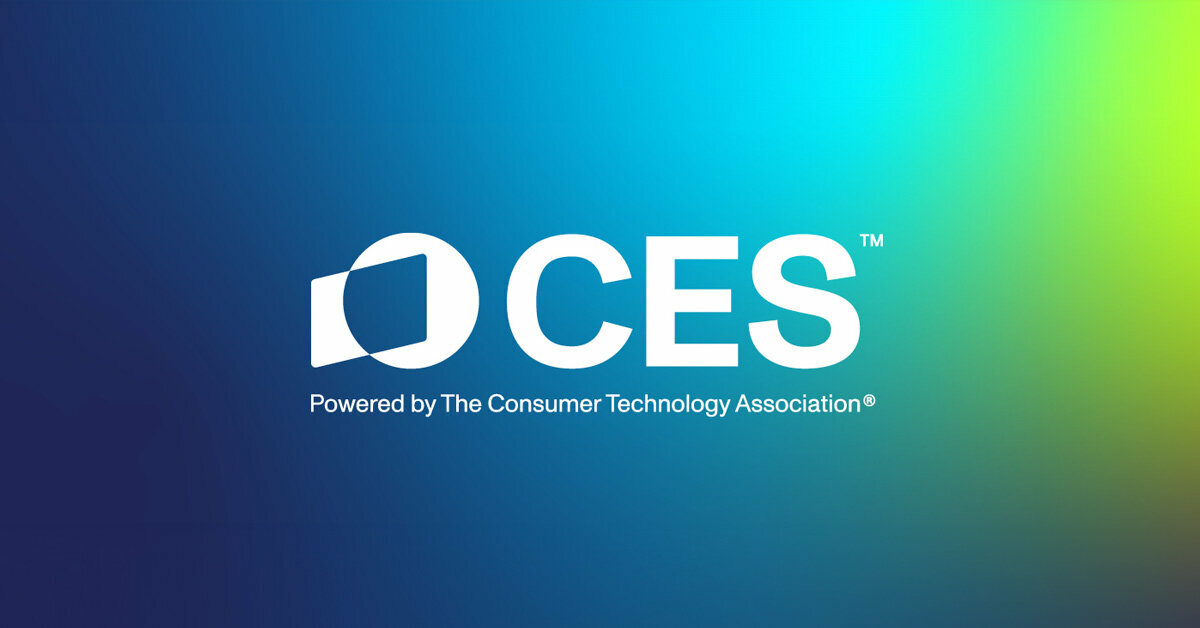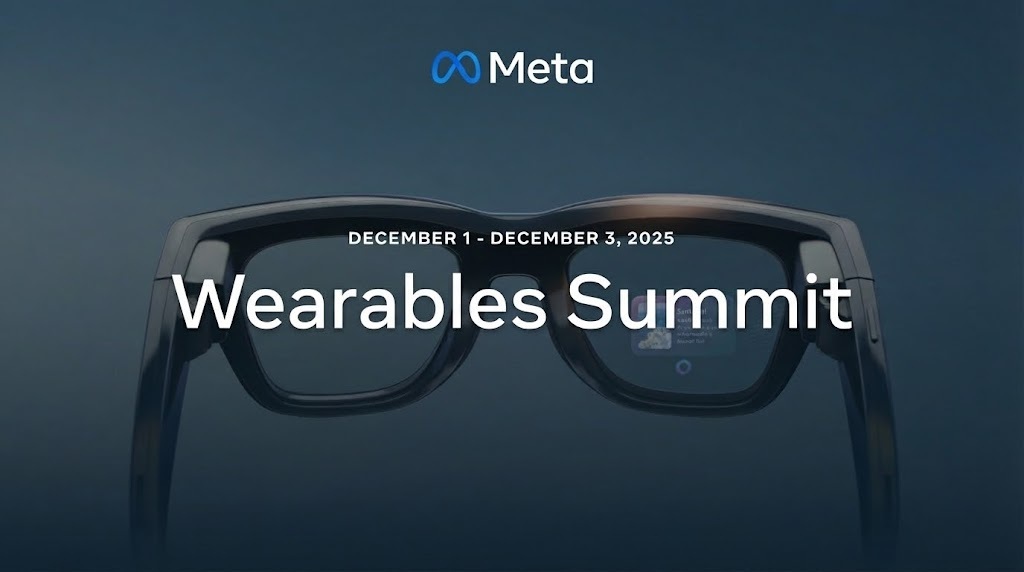A steadily growing theme in athletics is medically driven companies pivoting their services towards athletes and the teams that support them. The professional athlete of today isn’t comparable to the professional athlete of 20 years ago. The complex community of athletic trainers, sport scientists, strength and conditioning specialists, nutritionists, mental coaches and supportive technologies are changing that.
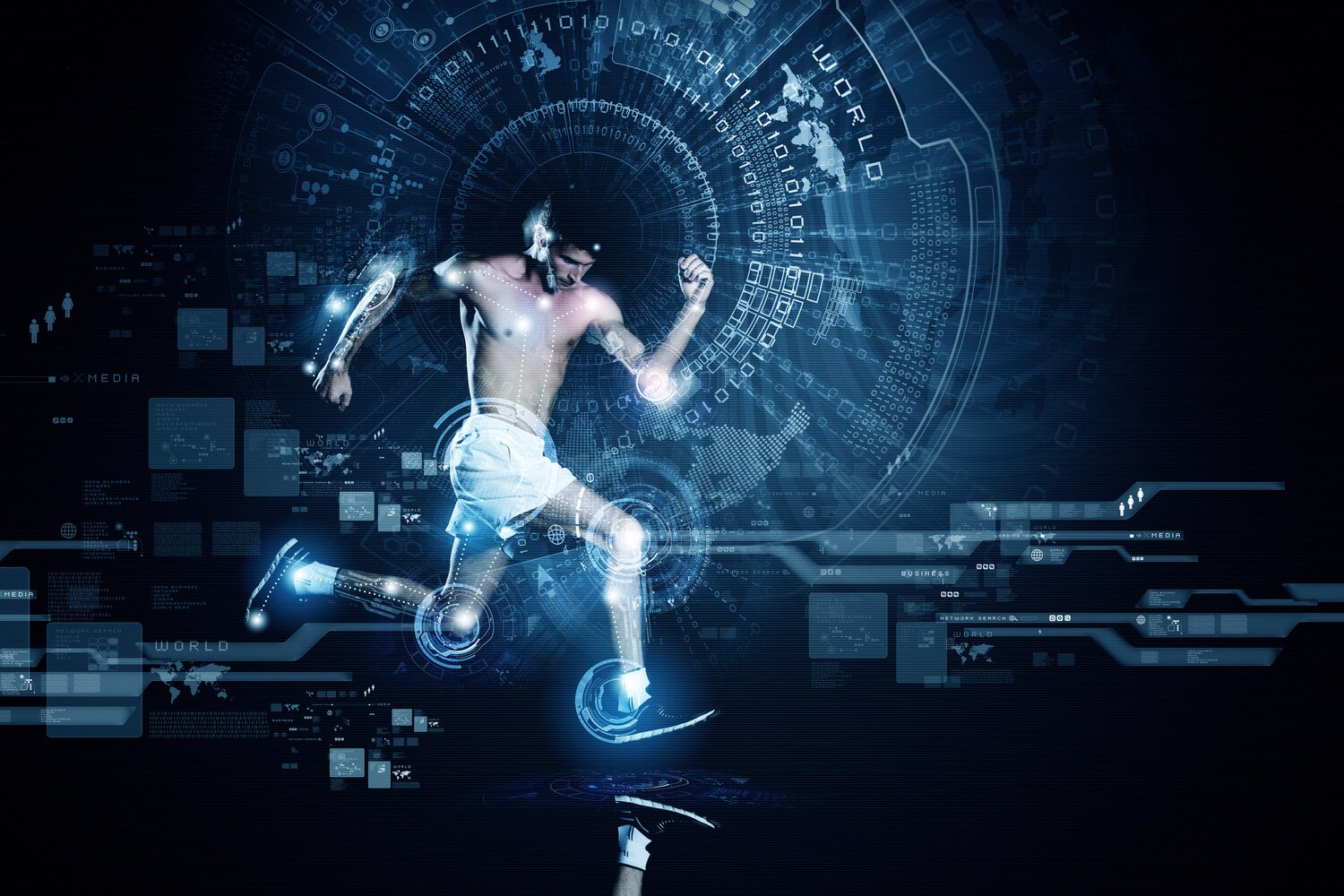
An athlete’s body is now dissected into individually functioning systems that form a malleable solution to an overall goal. Some sports have positions that require strength, speed, and endurance whereas others rely on mental focus and fast-twitch reactions. The high performance teams that support these evolving athletes use a wide range of tools to help differentiate these systems and are doing it in a way that each athlete’s approach to success is completely customized.
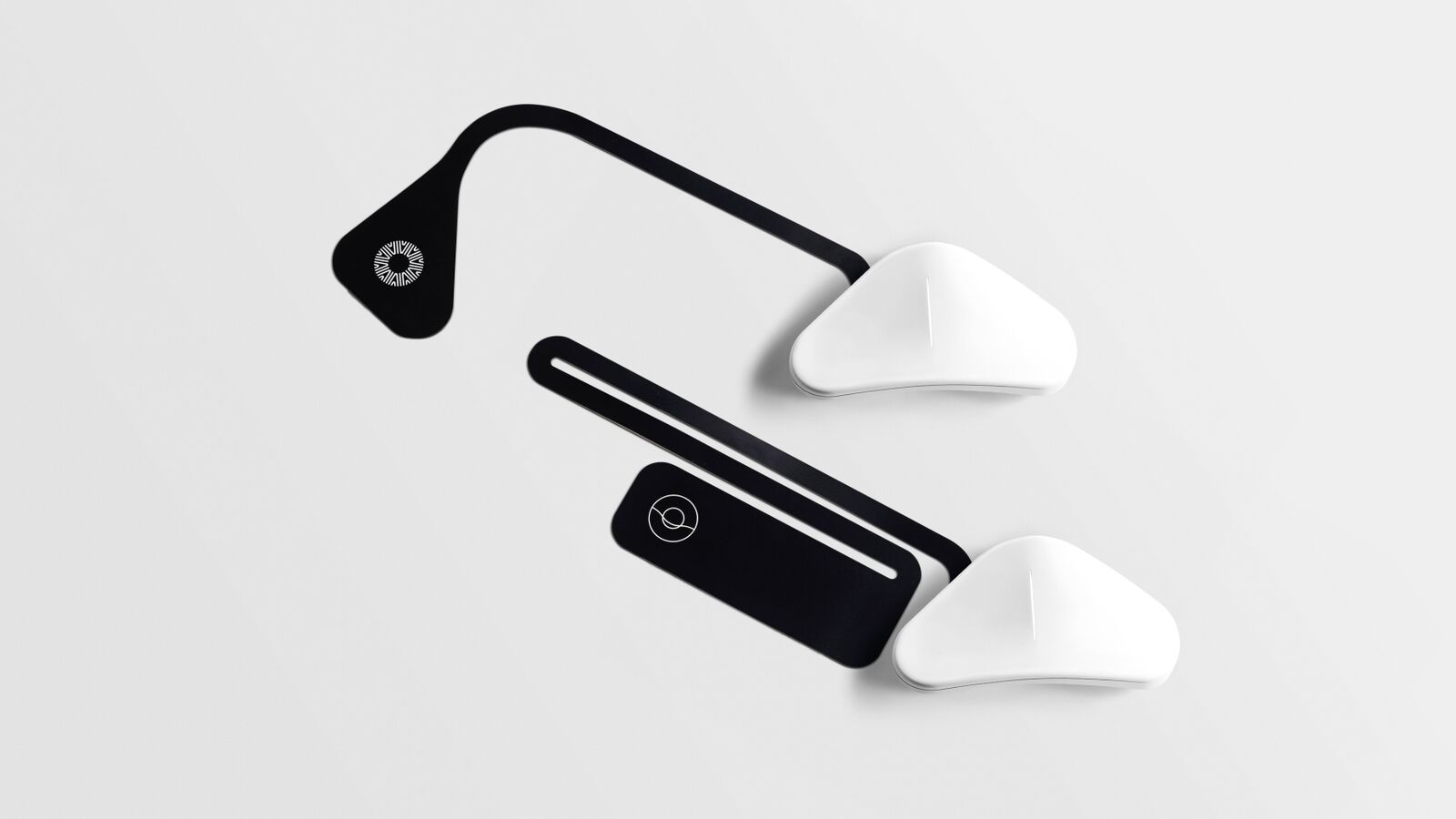
Thync is an adhesive strip applied to the corner of your forehead that sends varying bioelectronic signals to your brain. Its medical application points to mental health and autoimmune disorders. In pregame and postgame scenarios, it effectively calms or excites an athlete, and thus is used by a lot of professional teams and training facilities to curve behavior and assist with sleep, especially during travel.
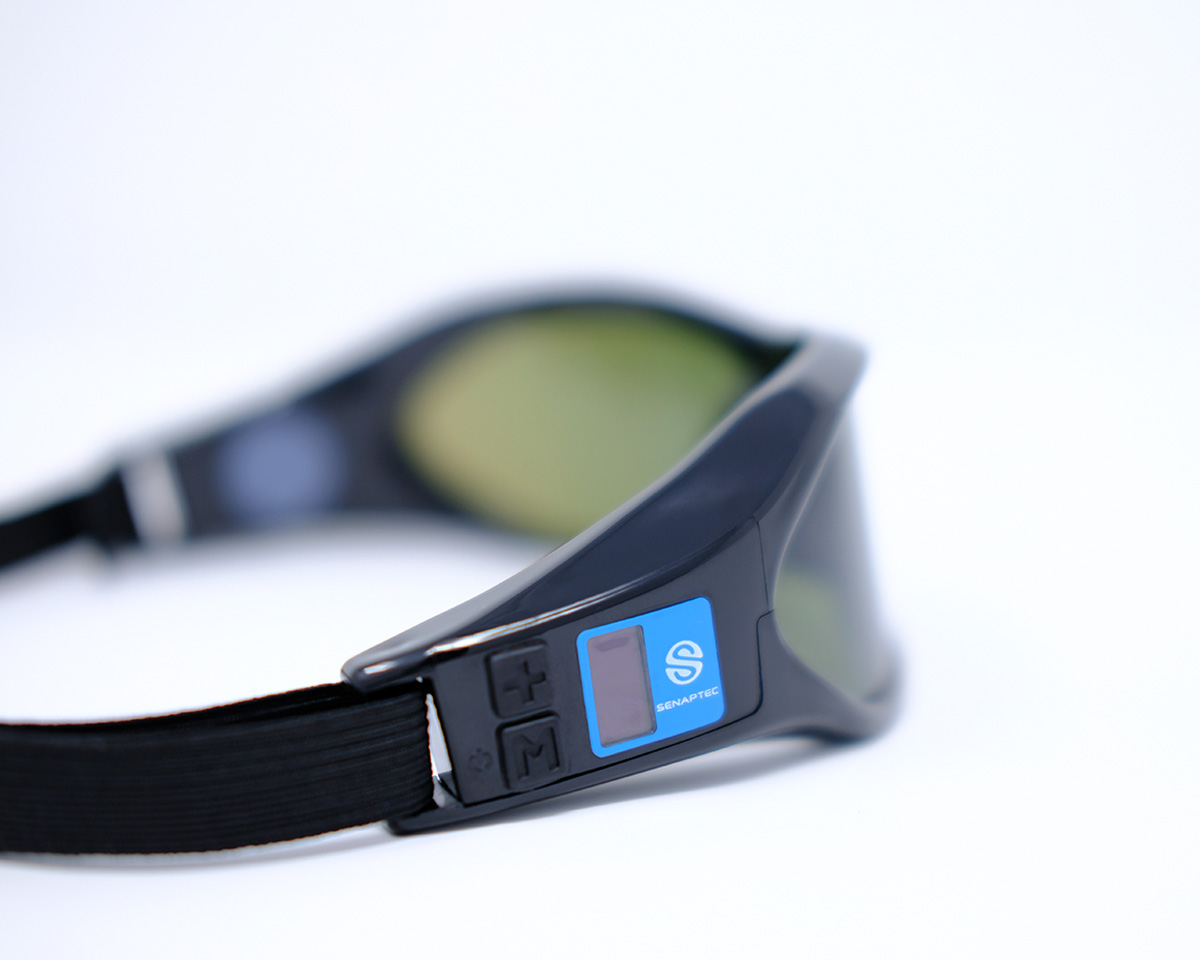
Senaptec is a sensorimotor training technology designed to improve an athlete’s ability to perceive visual information and in turn, how it’s processed into physical action. Leveraging strobe eyewear and an interactive touch screen, athletes can identify areas of weakness then train them; sensory skills represent reaction time, tracking moving objects, eye-hand coordination etc. In the prime of his career, Columbia University assessed Babe Ruth and determined he saw visual information 20% faster than the average person…
Despite the inflow of medically focused devices, there are still companies focused on the athlete and the athlete alone. Connexion was unveiled at the 2017 NBA Combine; it looks like an enhanced body scanner at your local airport except the floor is loaded with force places and the walls are decorated in interconnected cameras. Using 3D body mapping and other collaborative algorithms, Connexion provides several health and performance assessments with a focus on bio-mechanical movements. When you’re dealing with $100 million dollar bodies, even the slightest imperfection can change the face of a franchise.
Cal Kennedy is a Business Strategist at L+R. He currently resides in Los Angeles, California.
